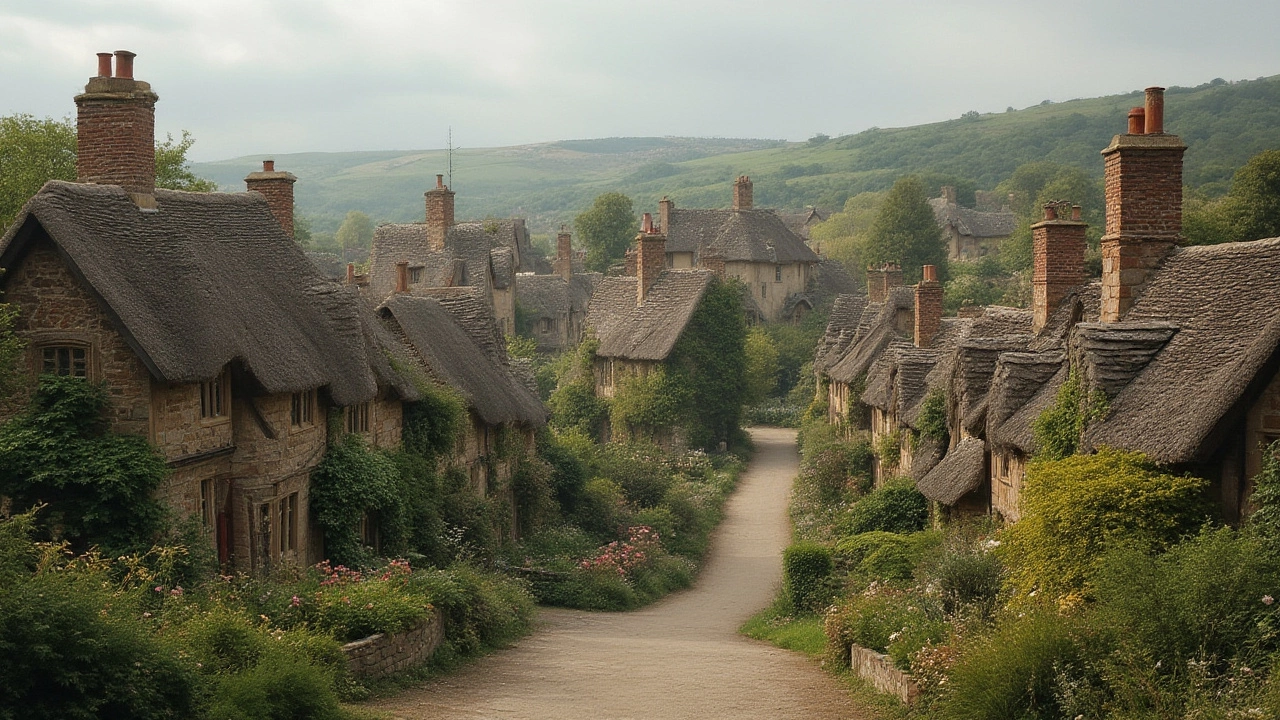How Many Floors Does a Cottage Have?
If you’re browsing cottages in Lancashire, the first question you’ll ask is probably “how many floors does this place have?” The answer isn’t one‑size‑fits‑all. Cottages come in many shapes, and the number of levels depends on age, style, budget, and what you need from the space.
Typical Floor Configurations
Most traditional English cottages are two‑storey buildings. The ground floor usually holds the kitchen, living area, and maybe a small dining nook. Upstairs you’ll find the bedrooms and a bathroom. This layout works well for families because it keeps the main living space separate from the sleeping quarters.
Smaller, historic cottages—think 17th‑century stone homes—often have just one floor and a loft. The loft can be a cozy bedroom or a storage space. If you love a low‑maintenance place, a single‑storey cottage with a loft might be perfect.
Modern builds and converted barns sometimes add a third floor or a mezzanine. A third level can be a stylish studio, a home office, or a guest suite. Adding a floor is popular when the plot is small but the owner wants extra room without expanding the footprint.
What Affects the Number of Floors?
Location matters. In hilly parts of Lancashire, you’ll see cottages built into slopes, with walk‑out basements that count as a floor. In flat countryside, owners often spread the house out horizontally, keeping it to two floors.
Planning permission is another big factor. Local councils limit building heights to preserve the countryside look. If you’re buying, check the planning history—some owners have added loft conversions under permitted development rules, which is a cost‑effective way to gain extra space.
Budget plays a role too. Adding a floor is expensive because you need new foundations, stairs, and extra roofing. If you’re on a tight budget, a one‑storey cottage or a two‑storey home with a loft conversion is usually cheaper.
Lastly, your lifestyle decides. Couples often prefer a single‑storey layout for easy access, while larger families like the separation a two‑storey house offers. If you work from home, a ground‑floor office or a loft studio can be a game‑changer.
When you browse our Lancashire Lodges & Retreats listings, look for the floor count in the property details. Most listings will tell you if it’s a one‑storey cottage, a two‑storey traditional home, or a three‑storey retreat with a loft. Use that info to match the cottage to your needs.
In short, most Lancashire cottages have one to two floors, with lofts or third levels appearing in newer builds or converted barns. Check the layout, think about your day‑to‑day routine, and factor in any extra costs for a floor addition. That way you’ll pick a cottage that feels just right for your next countryside getaway.

How Many Floors Can a Cottage Have? Modern Rules, Traditions & Surprising Ideas
Ever wondered how tall a cottage can actually be? Discover floor limits, design tips, and legal quirks about cottages, blending tradition with today's creative solutions.
Continue Reading